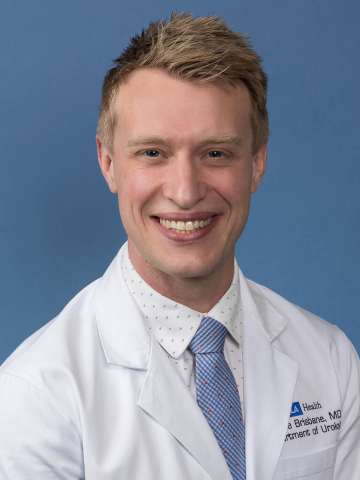|
Listen to this article |
Last month, EDAP TMS SA and Avenda Health said they will jointly offer personalized prostate cancer care using Avenda’s Unfold AI technology. Their stated goal is to launch the Focal One robot using an artificial intelligence for high-intensity focused ultrasound, or HIFU, procedures.
Avenda Health’s Unfold AI is a multimodal AI decision-support platform cleared by the U.S. Food and Drug Administration (FDA). It can build 3D patient-specific cancer maps that reveal the extent of tumors that would otherwise be invisible, it said. This enables physicians to avoid leaving cancerous tissue behind while sparing healthy surrounding tissue.
By combining Unfold AI’s planning with the Focal One robotic HIFU platform, EDAP and Avenda claimed that urologists can provide a more tailored, patient-specific HIFU ablation procedure for their prostate cancer patients.
Wayne G. Brisbane, M.D., an assistant professor of urology at the University of California Los Angeles David Geffen School of Medicine, worked with Avenda and Focal One to launch the system. Dr. Brisbane gave The Robot Report additional insight into how this technology could change urology procedures.
How Focal One can change urology procedures

Wayne G. Brisbane, M.D., an assistant professor of urology at the UCLA David Geffen School of Medicine. | Source: UCLA Health
From the surgeon‘s perspective, how does Focal One change how you approach treating patients with prostate cancer?
Brisbane: Focal One enables us to ablate a specific area in the prostate rather than treating the entire prostate. While this approach is newer and not as well-established, it has been widely sought after by patients to reduce side effects of treatment.
Unfold AI’s 3D cancer-mapping technology helps us identify where to ablate. Traditional imaging methods like MRI can underestimate the extent of the cancer.
Unfold AI combines data from MRI, PSA levels, biopsy locations, and Gleason scores to create a detailed 3D map, which guides us in performing more accurate tumor ablation.
How do you think this technology will affect patient outcomes?
Brisbane: This technology will improve our ability to predict tumor extent and then deliver treatment guided by robotics. It takes the guesswork out of treating the tumor.
Unfold AI also allows us to select patients for focal therapy more confidently, particularly those who fall between active surveillance and more aggressive treatments.
What risks come with HIFU procedures, and how does Focal One minimize those?
Brisbane: HIFU treatments, while non-invasive and generally safe, do carry risks. These include changes in urinary and sexual function. However, the main concern about HIFU is cancer recurrence from incomplete treatment.
By fusing Unfold AI and FocalOne, we hope to limit one of the major risks of HIFU – incomplete ablations.
How does Focal One change your workflow?
Brisbane: Focal One provides an intuitive workflow and easily integrates with Unfold AI.
EDAP and Unfold AI prepped for prostate procedure
How closely did you collaborate with Avenda Health before this first procedure?
Brisbane: Before the first procedure, I collaborated with Avenda Health to ensure a thorough understanding of the Focal One system and its capabilities. Our partnership involved discussions about treatment protocols, technology integration, and how to leverage Unfold AI’s 3D cancer maps effectively.
How have patients reacted to this new technology?
Brisbane: Patients have responded positively to Focal One. Many feel relieved that we can target the tumor more precisely, reducing the risk of harming healthy tissue. They appreciate the less-invasive nature of the procedure, especially since traditional treatments often come with concerns about side effects.
Patients also value the insights from Unfold AI’s 3D cancer maps. Some have reported fewer side effects compared to conventional treatments, which has improved their perception of the procedure. The technology has helped build greater confidence among patients and improved their overall treatment experience.
In your opinion, could this technology be applied to other kinds of procedures in the future?
Brisbane: I do expect AI maps to be implemented through additional robotic platforms.
